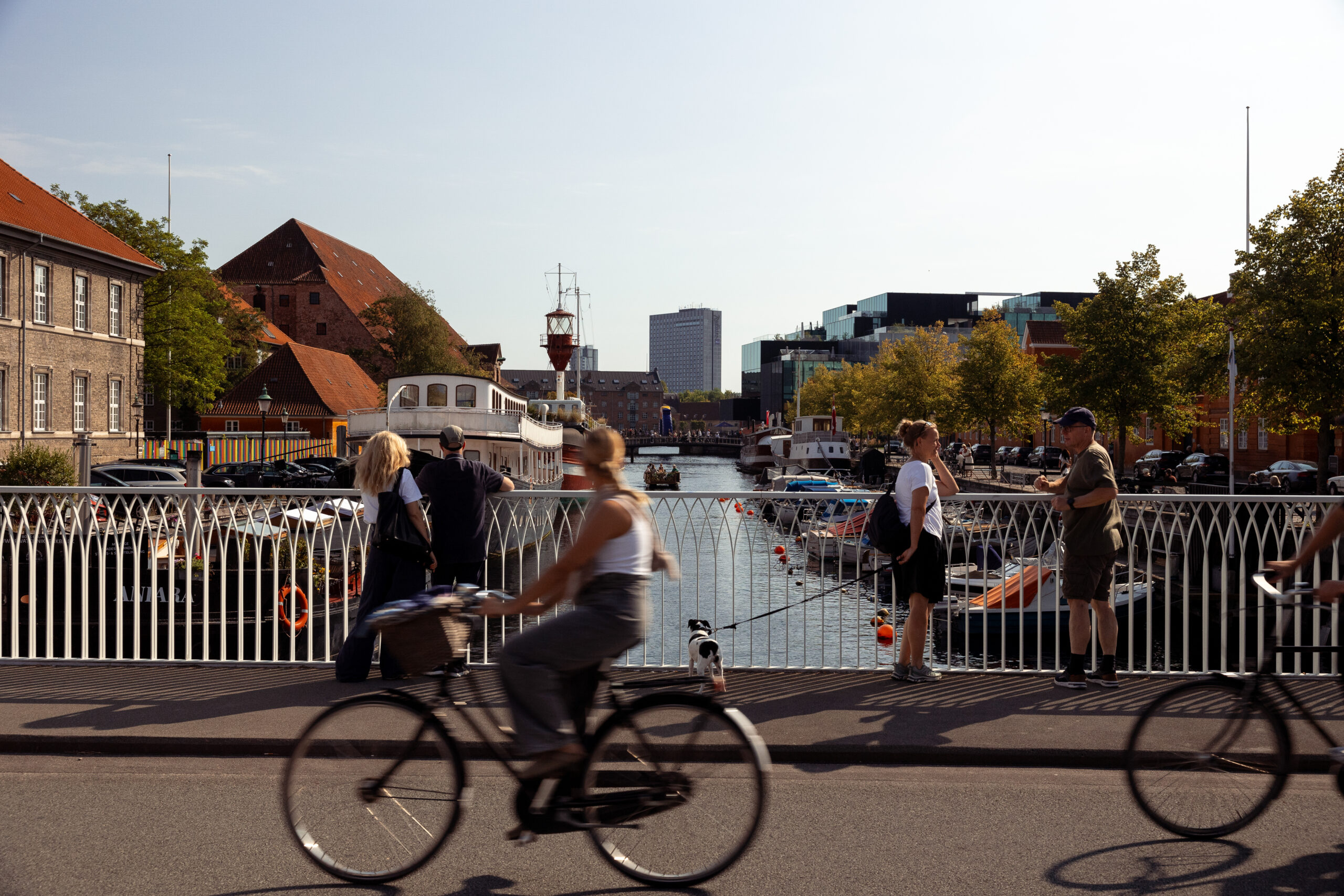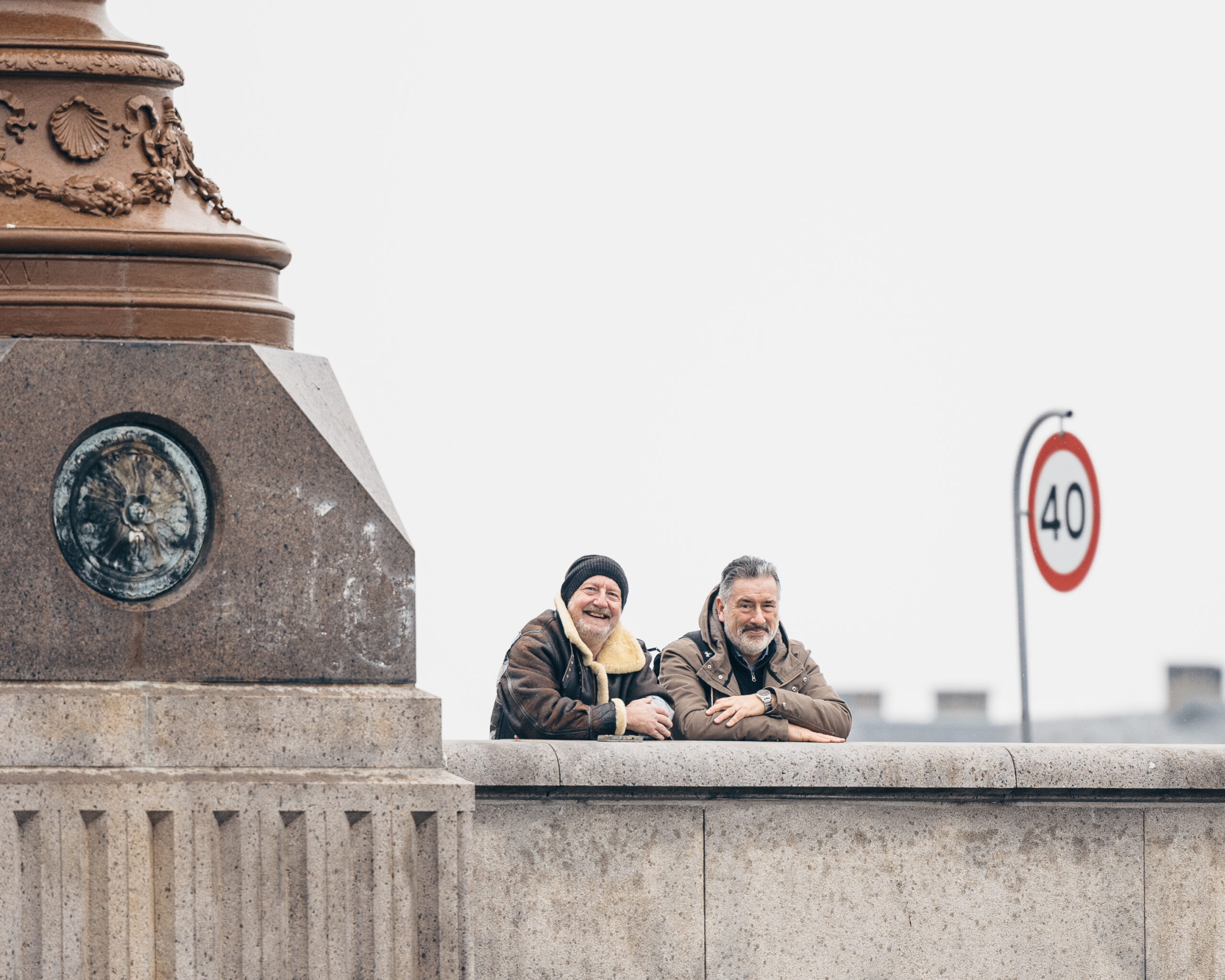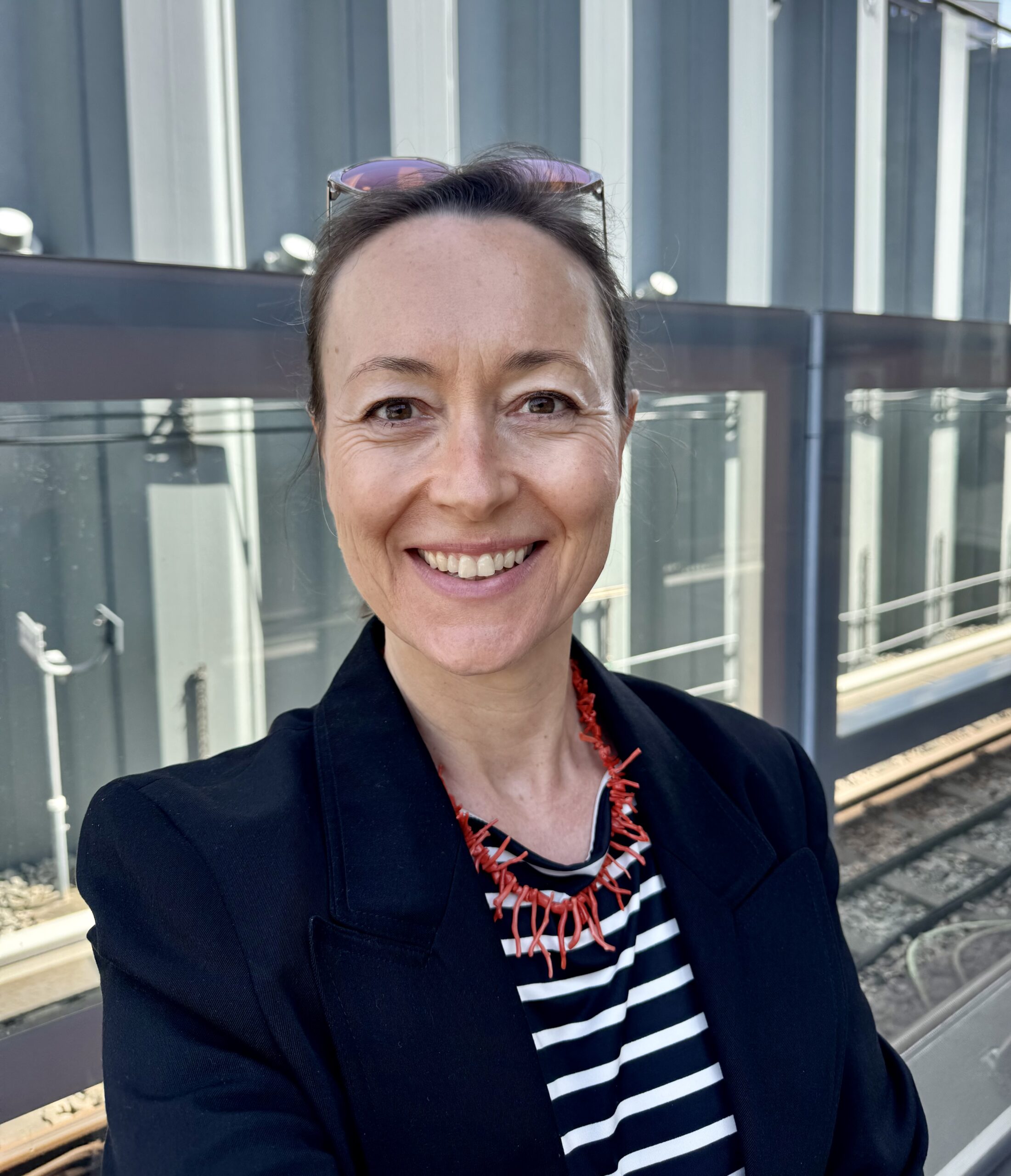A lot of childless women undergo fertility treatment but still don’t get pregnant. A new study carried out by researchers at Aarhus University shows how a woman’s reserve of eggs can be influenced by injecting a substance directly into the ovaries and so activating the earliest one.
This could well be the first step in a woman becoming pregnant with her own eggs.
Every month, a woman activates around 20 eggs. Her entire stock of eggs stays in reserve until activated and the eggs compete to see which one ‘wins’ and becomes the one that develops and is eventually fertilised. Before ovulation, women in child-bearing age develop a follicle in which the egg grows. When they ovulate, the follicle bursts and the egg is then caught by the fallopian tubes.
READ MORE: Danish natal guide saving lives in east Africa
Easier to differentiate treatment
The fact that researchers can now distinguish between the very early stages that the egg goes through means that they are able to activate or de-activate them. This can be a great help to women who are genetically disposed to losing their egg reserve early.
“Currently, all childless women are treated alike, using a substance that is aimed at the later stages of the egg’s development,” Said, Karin Lykke-Hartmann, from the institute for biomedicine at Aarhus University.
“At the moment, we don’t have any means of activating the dormant eggs. Now, we know which genes are present and in the long term, that will tell us what we can aim our medicine at so as to activate these eggs, added Lykke-Hartmann.”













